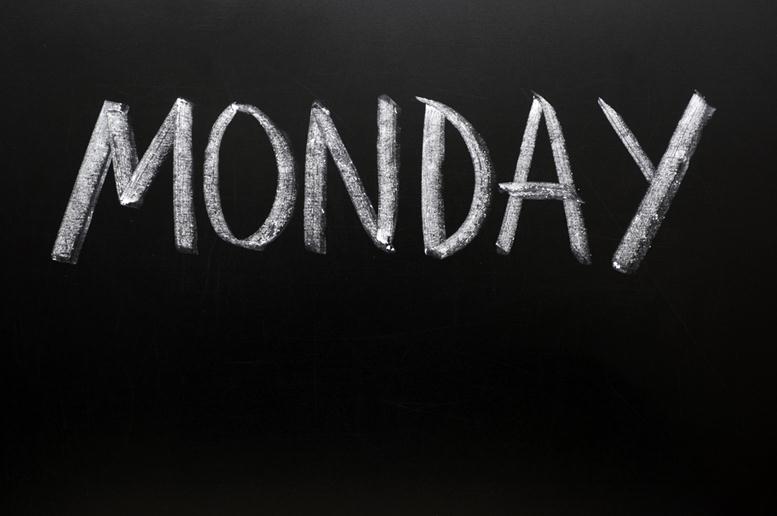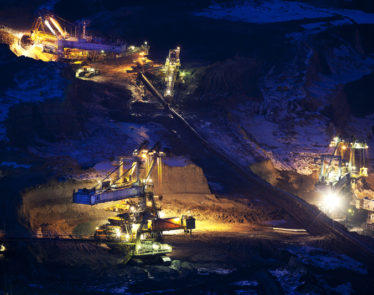
It’s a memory that gives nightmares to many investors. On October 19, 1987, exactly 30 years ago, Wall Street experienced its biggest single-day crash in U.S. history.
That day is now known as Black Monday – or Black Tuesday, depending on your time zone. It represented the single biggest one-day percentage drop in history, including the destructive 1929 crash that preceded the Great Depression.
On that day, the Dow Jones industrial average plunged 508 points to just over 1,700, a drop of 22%.
However, the current state of the market looks nothing like it did 30 years ago. Recently, the market has passed a number of milestones, including a recent record that broke 23,000. For the Dow to repeat the crash from three decades ago, it would need to drop more than 5,000 points in a single day.
NPR’s former economic correspondent, Barbara Mantel, said, “People were coming out for their smoking breaks and they looked shell-shocked. They were using words like hysteria, panic to describe what was going on inside.”
Since Black Monday, there have been a number of sudden crashes. In 2008 there was the ‘Lehman Monday’ crash that directly led to stronger government intervention.
But the way the stock market works has changed. Computers have streamlined the stock-buying process, allowing investors to trade blocks of millions of shares in a matter of minutes.
Some would even argue that the crash directly lead to how the stock market that we see today.
In her new book, A First-Class Catastrophe: The Road to Black Monday, the Worst Day in Wall Street History, Diana Henriques says, “You could see that giant investors, novel derivatives and high-speed trading using computers in a balkanized regulatory system was going to be the shape of the future.”
“It wasn’t like any previous market crash and yet, every crash since has been similar to ’87,” she says.
The response was swift. Regulators put ‘circuit-breakers’ in place in order to prevent the same sort of crashes in the future. These new rules allowed the suspension of trading when the market starts to nosedive in order to prevent massive sell-offs.
However, Henriques warns that it’s not all behind us.
“I think we need to get serious about trying to build a regulatory system that matches the market we’re living in, not the one we left behind,” she says.
Featured Image: depositphotos/bbbbar












